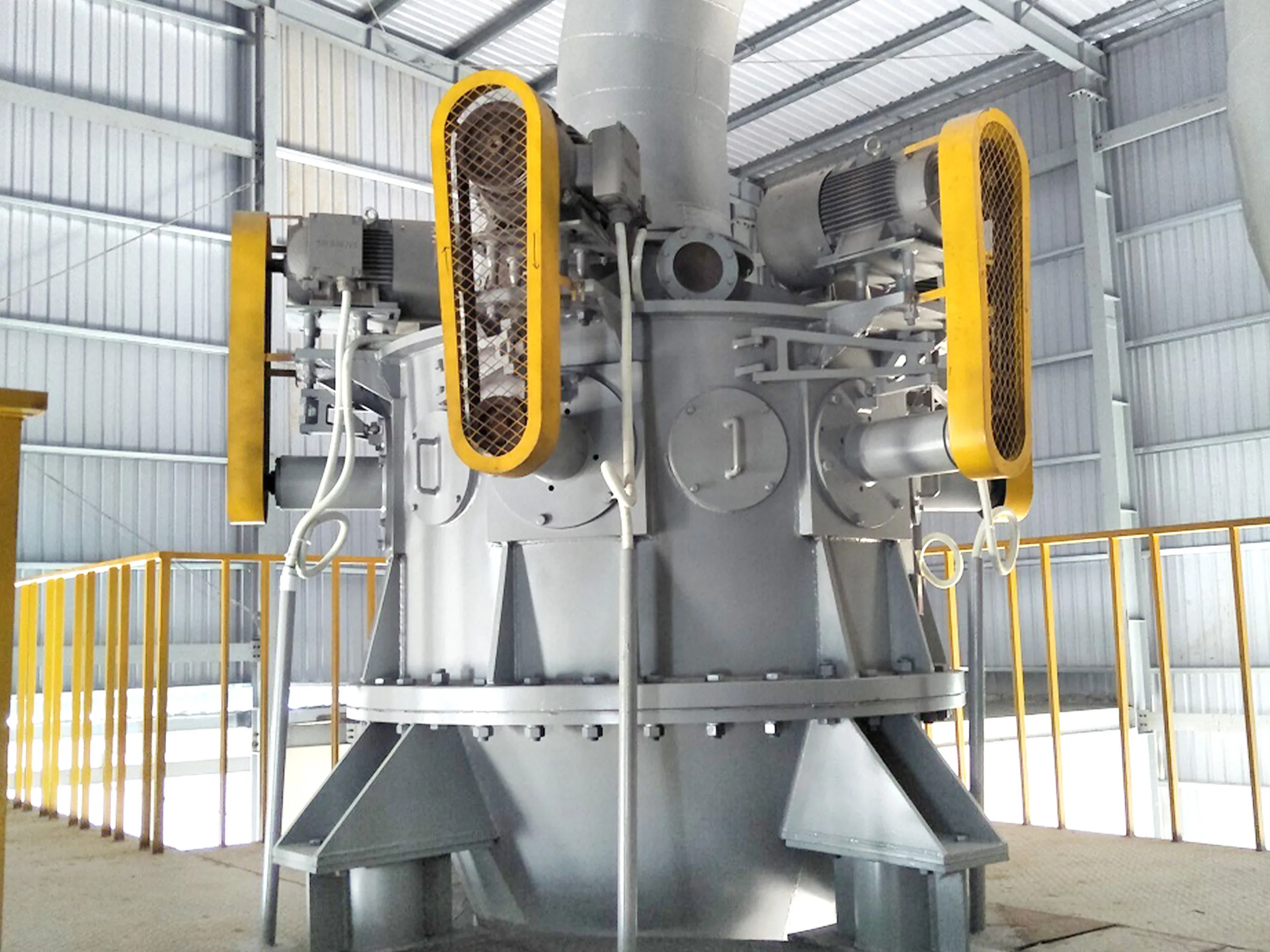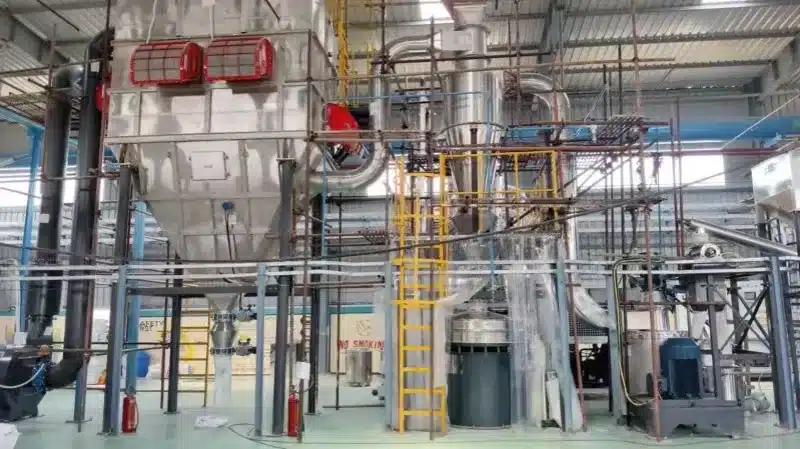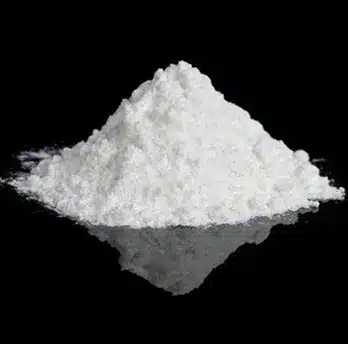A reliable laboratory ball mill is more than just a piece of equipment. It’s a crucial partner that makes grinding tasks faster, more efficient, and highly precise. Given the wide variety of models and features available, selecting the right ball mill can be quite daunting. However, with years of experience working alongside these machines, we offer key insights to help you make an informed decision that suits your specific laboratory needs.
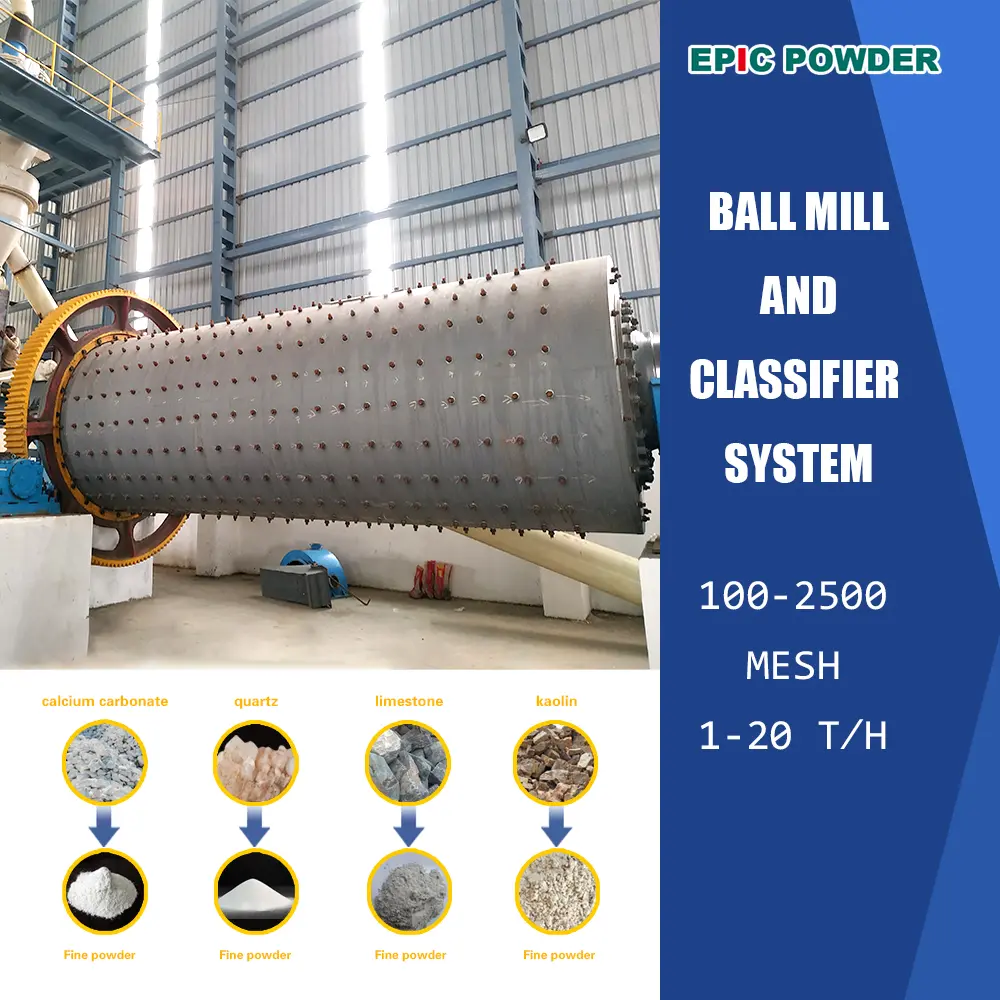
Understand Your Application First
Choosing the right laboratory ball mill starts with a clear understanding of your application. Just as you wouldn’t pick the same tool for every job, your selection depends on the materials you work with and the goals of your research or production.
Pharmaceutical and chemical laboratories have strict requirements regarding contamination and corrosion resistance. A sealed, stainless steel ball mill is usually the preferred choice here.
Meanwhile, metallurgy and mining applications demand heavy-duty grinding. A rugged drum-type ball mill lined with manganese steel provides the necessary durability for these tougher materials. In fact, a mineral analysis lab colleague shared their experience of operating such a mill continuously for over five years without significant wear issues, confirming the value of selecting the appropriate design for extended heavy use.
Selecting the Right Capacity Saves Time and Energy
Choosing the appropriate mill size is often overlooked but is crucial to operational efficiency. Selecting a mill that is too small can slow your workflow, while an oversized mill wastes both energy and resources.
For small sample sizes, typically ranging from a few grams upwards, a mini ball mill with a capacity between 50 to 100 milliliters usually suffices. Early in our lab’s experience, we mistakenly used a large mill for tiny batch sizes, resulting in inefficient grinding and wasted energy.
For pilot-scale studies or batch processing, machines with capacities of 500 milliliters or higher are recommended. For example, a materials manufacturer we supported faced serious throughput bottlenecks until they upgraded to a correctly sized ball mill, after which their production efficiency improved dramatically.
To give a broader perspective, industry data indicates that mismatched mill capacity can reduce grinding efficiency by up to 30%, leading to longer process times and increased operational costs. Therefore, right-sizing your mill according to batch volume is essential.
Material Compatibility: A Critical Decision Factor
Material choice for grinding jars and balls directly impacts the success of your milling operation. Errors in this area often affect product purity and milling efficiency.
Zirconia grinding balls present excellent value, especially in ultrafine grinding applications. Tests in our lab have shown they consistently produce particle sizes an order of magnitude finer than stainless steel balls within equivalent milling cycles.
Pharmaceutical applications often benefit from PTFE jars due to their chemical inertness. However, PTFE’s softness mandates care; once, an intern loaded overly hard samples into such a jar, causing scratches that compromised sample purity and led to expensive replacements.
When selecting materials, consider the hardness, chemical reactivity, and contamination sensitivity of your application to avoid such pitfalls.
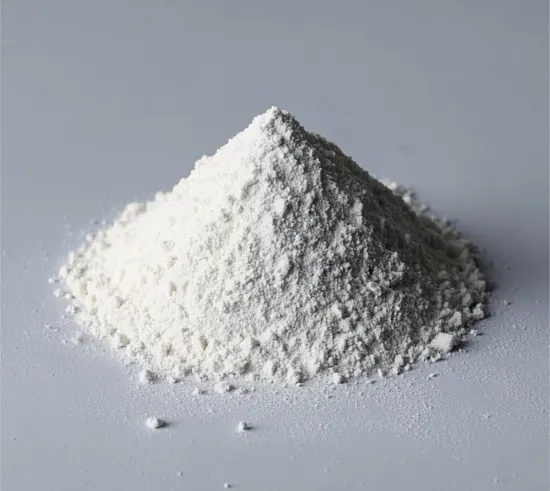
Beyond the Basics: Features That Enhance Performance
Certain ball mill features are essential for optimizing operation and safety, especially for high-speed or extended runs.
In laboratories where temperature-sensitive materials are processed, a cooling system—particularly water-cooling—is invaluable. This helps maintain stable temperatures, prevents thermal degradation, and prolongs equipment life. In warmer lab environments, its benefit becomes even more pronounced.
Safety cannot be overemphasized. Explosion-proof designs are indispensable when handling fine, dust-prone materials. While this may add to upfront costs, the investment is justified by reduced risks and compliance with stringent safety standards.
Data-Backed Insights for Smarter Choices
Industry studies highlight the importance of fine particle size and uniformity, which directly correlate with improved material performance. For instance, in nanoparticle synthesis, achieving particle sizes below 100 nanometers with tight size distribution can boost catalytic or electrical properties by 20-40%.
From an operational viewpoint, mills featuring water-cooling and programmable controls reduce downtime by up to 25%. Moreover, selecting zirconia grinding media can enhance ultrafine grinding efficiency by 30–50%, translating into shorter processing times and better product outcomes.
Contamination control is critical: substituting stainless steel with zirconia or ceramic components can decrease metal contamination by as much as 95%, which is vital in pharmaceuticals and high-tech materials.
Conclusion
Choosing the right laboratory ball mill involves more than comparing specifications. It requires an understanding of your application, careful selection of capacity, and consideration of material compatibility. Integrating advanced features such as cooling and programmable controls ensures optimized milling, safety, and productivity.
With many technical choices to navigate, partnering with an experienced supplier like Qingdao EPIC Powder Machinery Co., Ltd. can streamline decision-making and improve long-term outcomes. Our expertise and range of tailored milling solutions are designed to meet diverse laboratory needs and industries.
For personalized consulting or more information about our precision ball mills, please contact our professional team at EPIC Powder Machinery. Let us help you achieve superior grinding results with confidence and efficiency.

